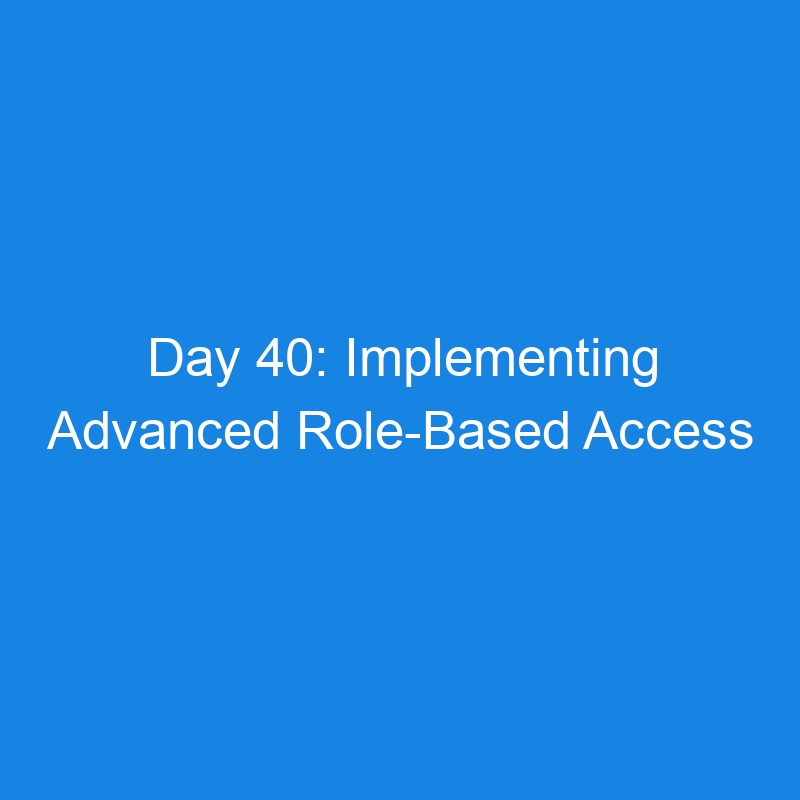Introduction
Understanding Role-Based Access Control (RBAC) has always been a goal of mine, especially in the context of cloud-native environments where security and compliance are critical. RBAC provides a structured approach to managing access to resources, ensuring that the right individuals have the appropriate permissions. With the addition of the Open Policy Agent (OPA) and Gatekeeper, we can enforce custom policies across the Kubernetes cluster, elevating our security posture. On this final day, I implemented advanced RBAC with OPA Gatekeeper, showcasing how to enforce security and compliance effectively at scale.
Understanding RBAC in Kubernetes
The Foundation of Access Control
RBAC serves as a framework for managing access to resources based on the roles assigned to users and groups. This system ensures that only authorized personnel can perform specific actions, significantly enhancing the security of the cluster.
Defined Roles and RoleBindings
-
Roles Created:
- Developers: Given the ability to create and modify resources within their namespaces, fostering innovation while maintaining control.
- Admins: Granted comprehensive access to all resources across the cluster, ensuring operational oversight and management.
- Viewers: Restricted to viewing resources only, safeguarding against unauthorized modifications.
-
Bindings Utilized:
- RoleBindings: Provides scoped access within specific namespaces, allowing for fine-grained control over permissions.
- ClusterRoleBindings: Enables global access across the entire cluster, streamlining administrative tasks.
Testing RBAC Policies
To validate the effectiveness of the RBAC implementation:
- I used the command:
kubectl auth can-i <verb> <resource> --as <user>
- Conducted tests to confirm that unauthorized actions were successfully denied, reinforcing the security model.
Extending Security with OPA Gatekeeper
The Power of Policy Enforcement
OPA Gatekeeper empowers us to enforce policies declaratively, ensuring compliance with organizational standards and best practices.
Policy Examples Implemented
- Restricted Image Registries: Limited container image usage to approved sources, preventing deployments from untrusted registries.
- Consistent Naming Conventions: Enforced standardized naming for resources, enhancing clarity and organization.
- Resource Limits Enforcement: Prevented the deployment of containers without defined resource limits, promoting efficient resource management.
Validation and Testing
- Implemented ConstraintTemplates and Constraints to enforce the policies defined above.
- Tested for policy violations by attempting to deploy non-compliant resources, confirming that OPA Gatekeeper effectively blocked these attempts.
Challenges and Solutions
Navigating Dynamic Environments
- Challenge: Developing custom policies adaptable to a dynamic environment.
- Solution: Leveraged the Rego language and community templates for swift policy implementation, allowing for flexibility and responsiveness to evolving requirements.
Takeaways
Implementing RBAC with OPA Gatekeeper has significantly enhanced my ability to secure Kubernetes clusters effectively. This experience reinforced the importance of compliance and security, essential skills in modern DevOps practices. Mastering advanced security measures like RBAC and OPA Gatekeeper will be invaluable as I advance in my DevOps career.
